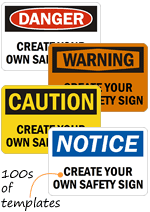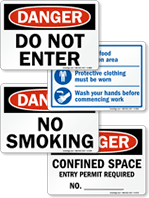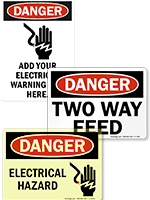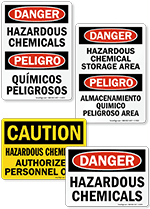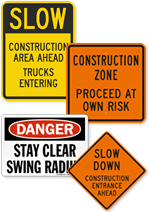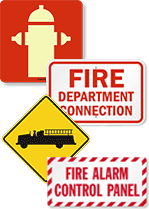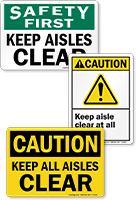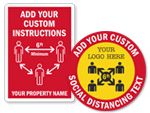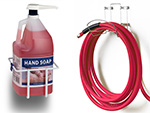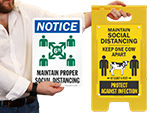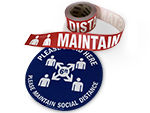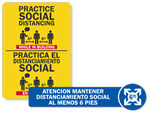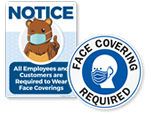A.
In its
Guidance on Preparing Workplaces for COVID-19, OSHA recommends certain steps that employers can take to reduce employees’ risk of exposure. These steps include:
1. Developing an Infectious disease preparedness and response plan that takes into account the guidance issued by the federal, state, local, tribal, and/or territorial health agencies.
2. Implementing and encouraging basic infection prevention measures such as frequent hand washing, covering face while sneezing and coughing, staying home if sick, etc.
3. Developing policies and procedures for prompt identification and isolation of sick people, if and as appropriate.
4. Developing, implementing, and communicating workplace flexibilities and protections.
5. Implementing workplace controls that can be engineering controls like high-efficiency air filters, and administrative rules like virtual meetings in place of in-person meetings.
6. Encouraging safe work practices by creating an environment that promotes hygiene through
handwashing signage and preferably no-touch supplies.
7. Encouraging the use of PPE such as gloves, masks, etc. to support other preventive measures but not replace them.
Following the relevant existing OSHA standards to ensure worker health and safety.
OSHA has also issued certain general guidelines as acceptable practices that both employees and employers may follow. These include:
1. Frequent handwashing with soap and water for at least 20 minutes or using an alcohol-based hand sanitizer.
2. Avoiding touching the eyes, nose, or mouth with unwashed hands.
3. Practicing good respiratory etiquette, including covering the mouth when coughing and sneezing.
4. Avoiding close contact with people who are sick.
5. Staying home if sick.
6. Recognizing personal risk factors.

